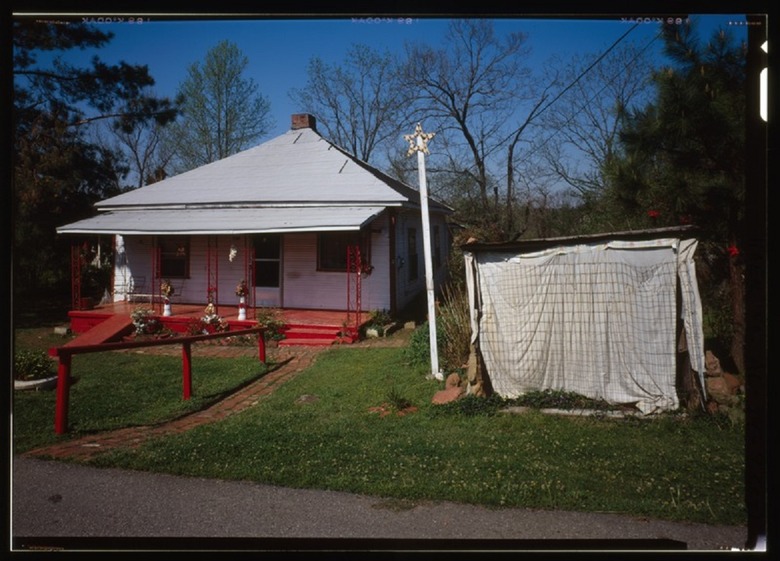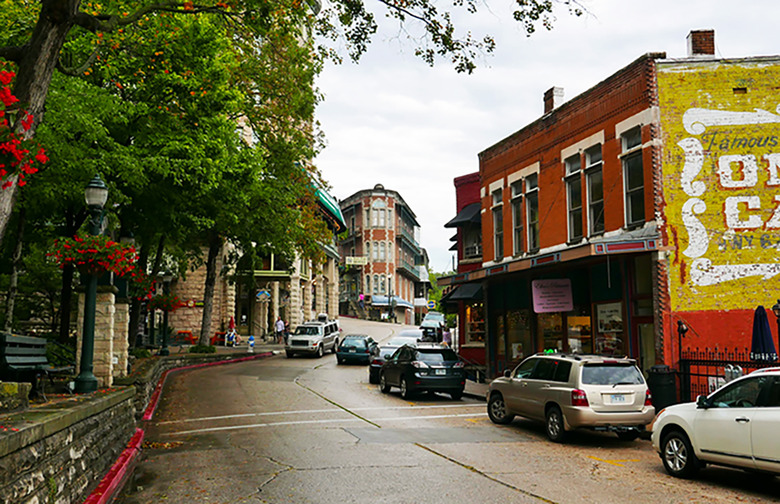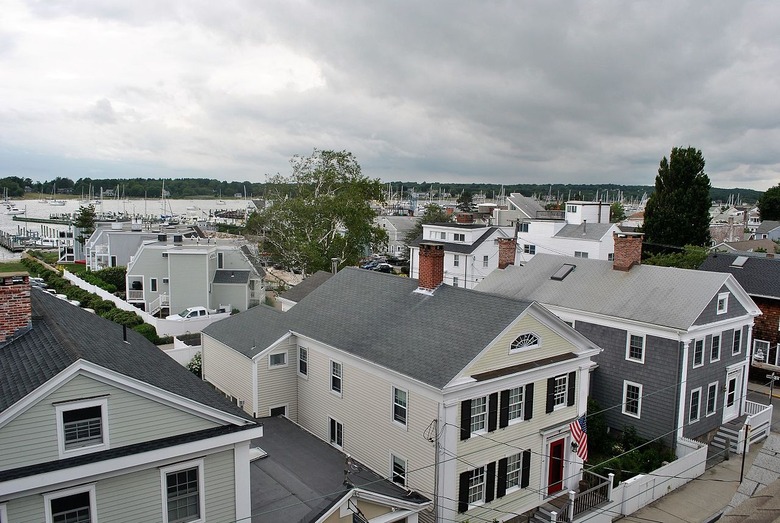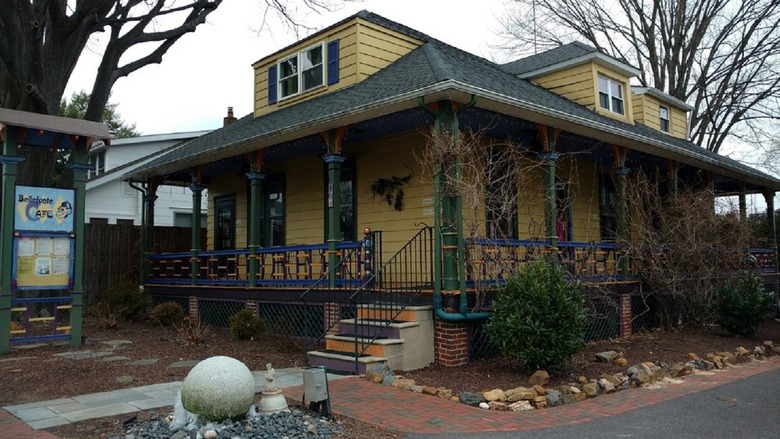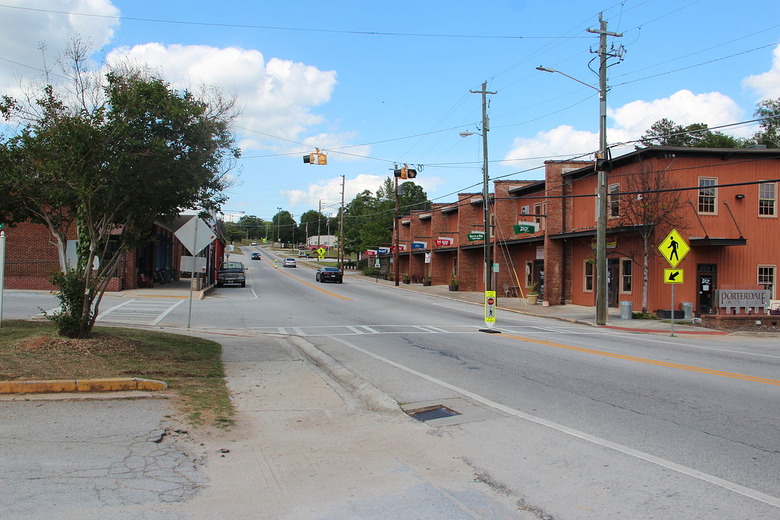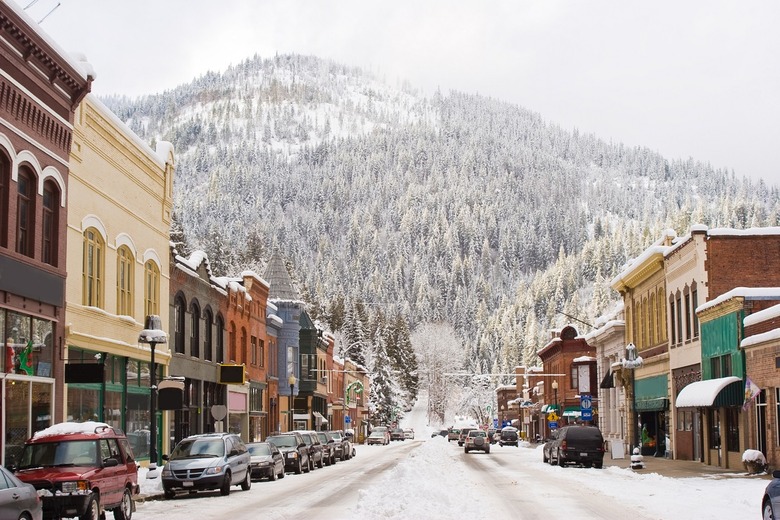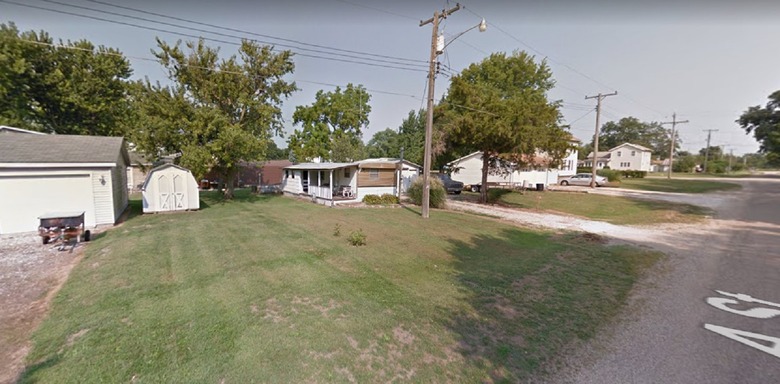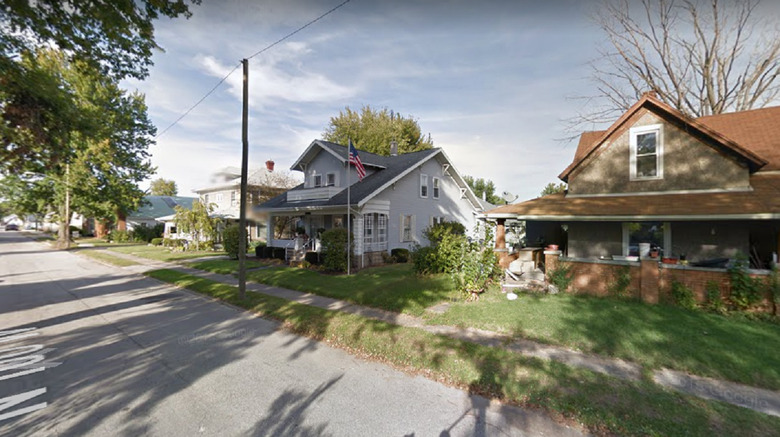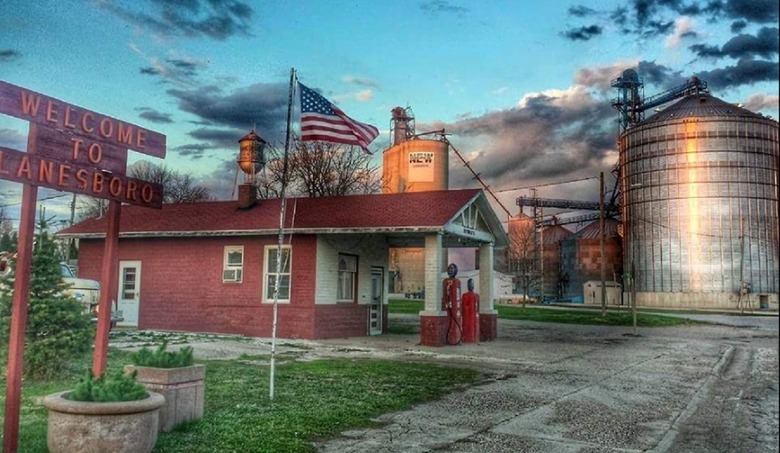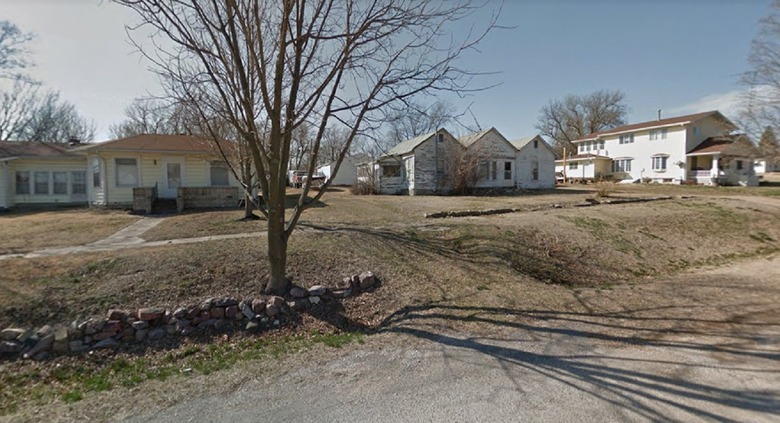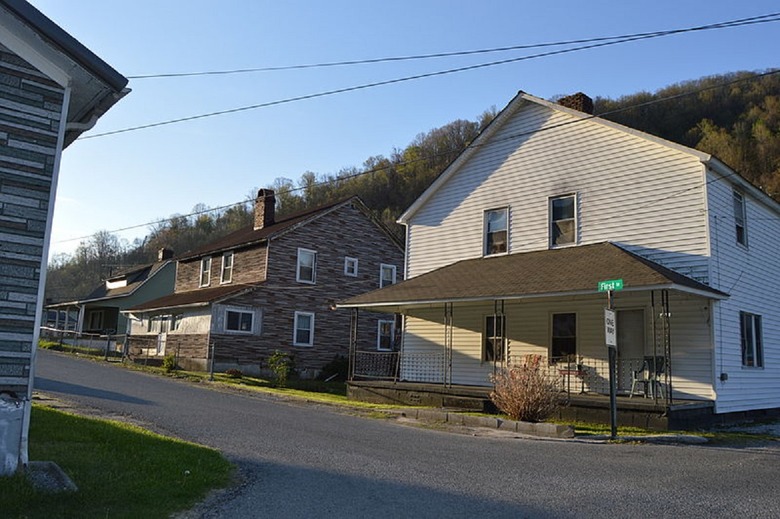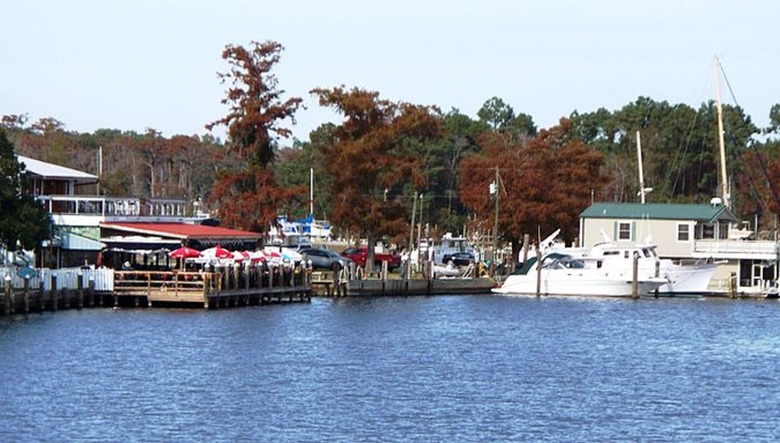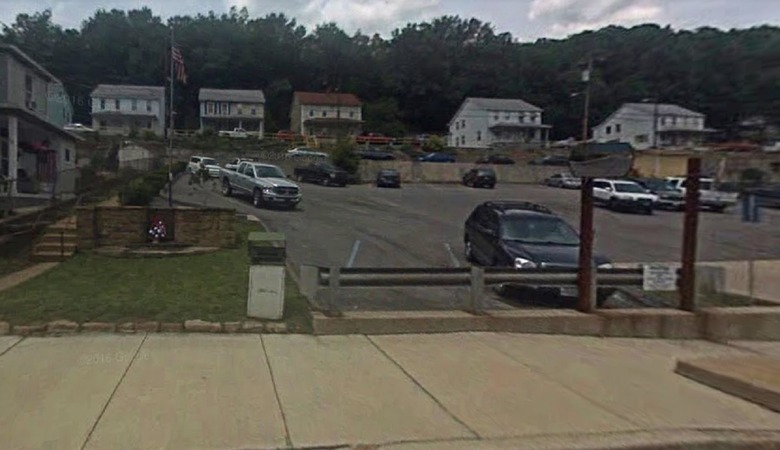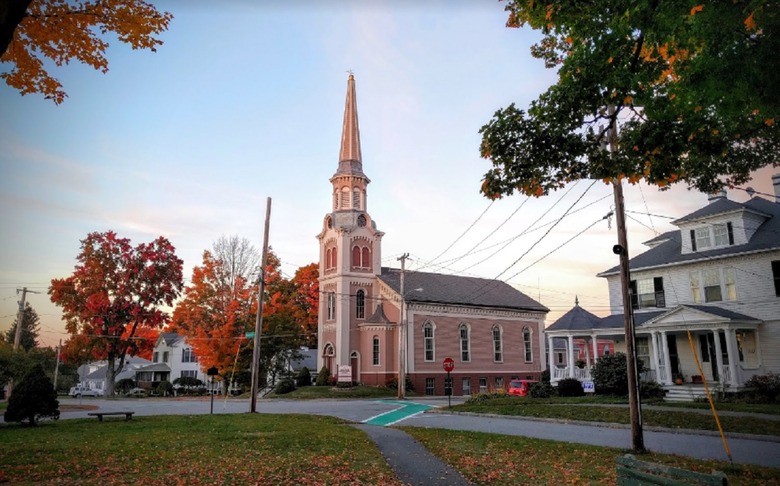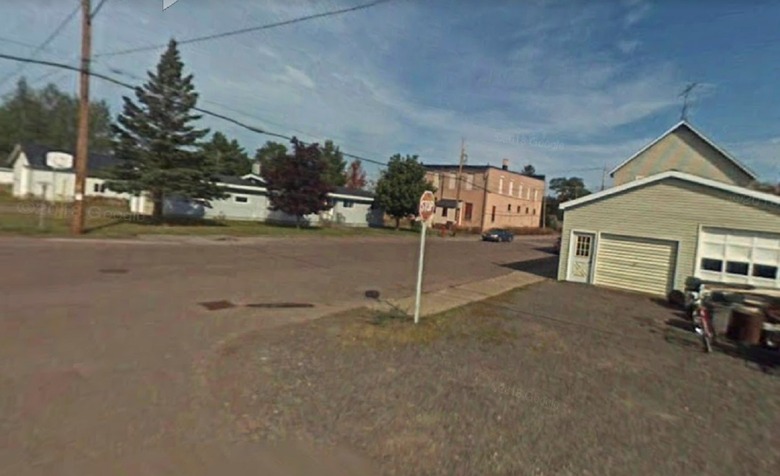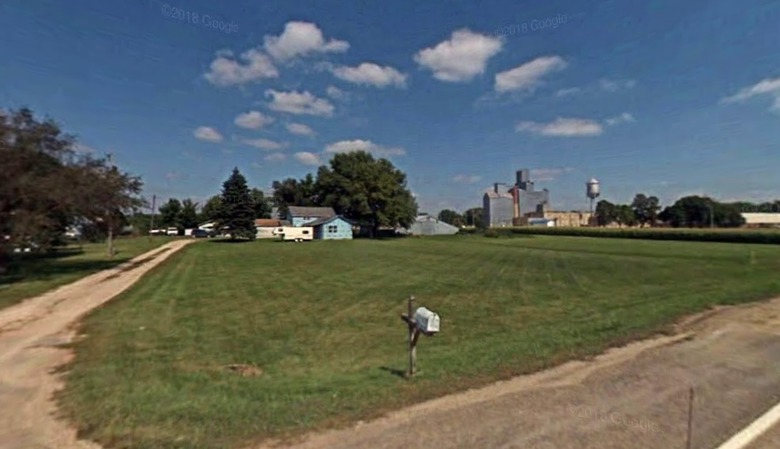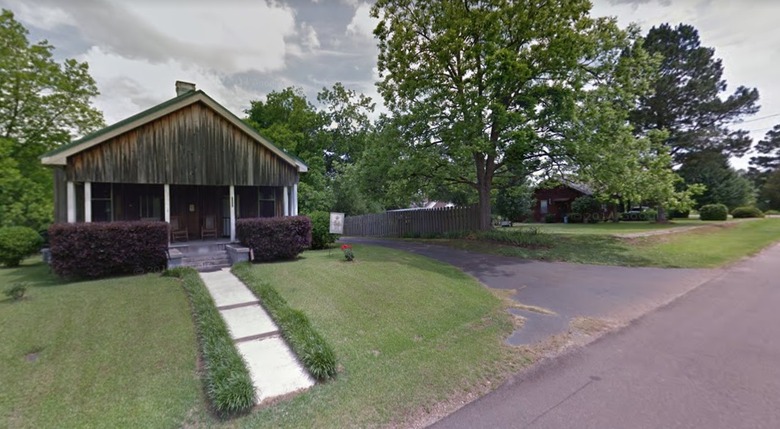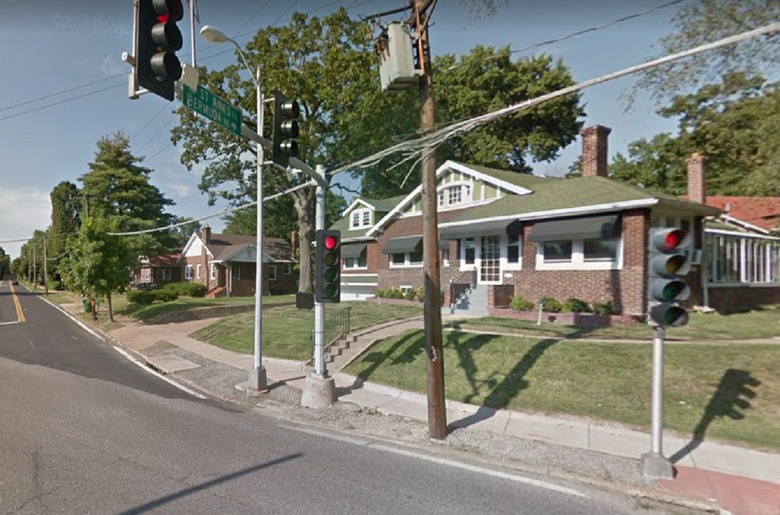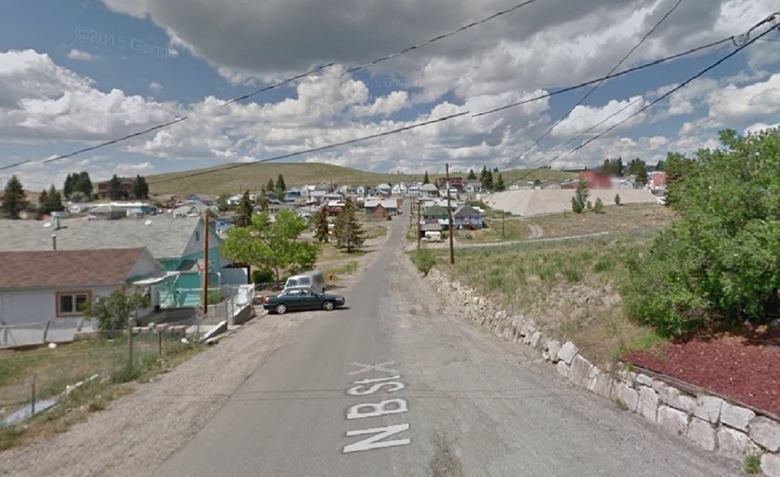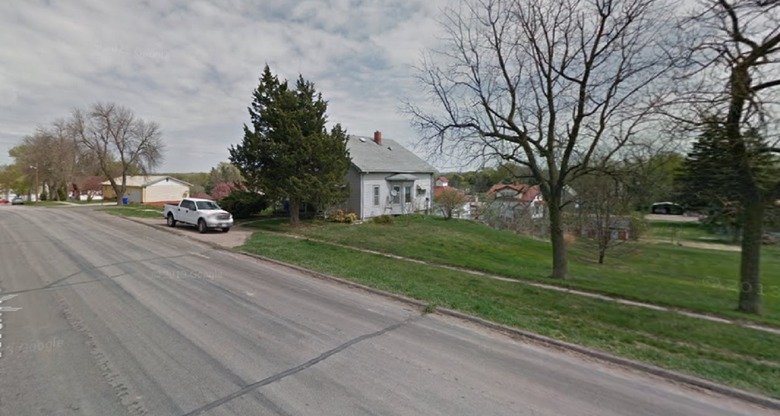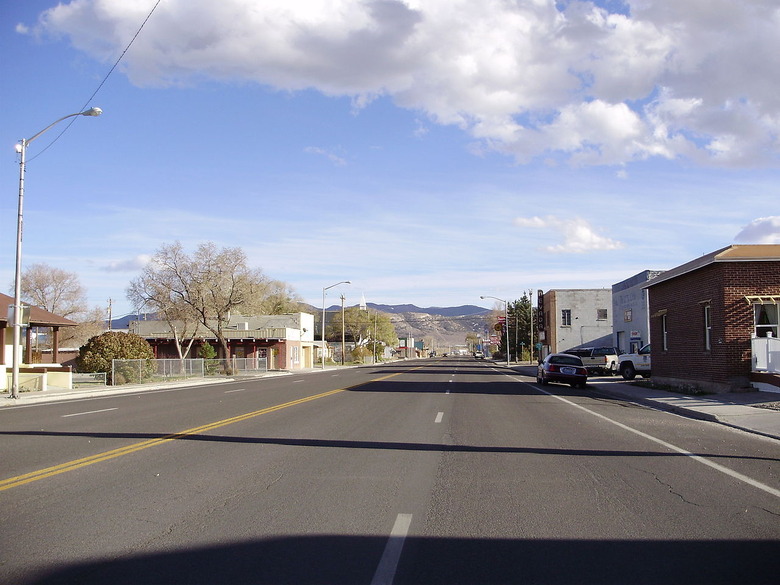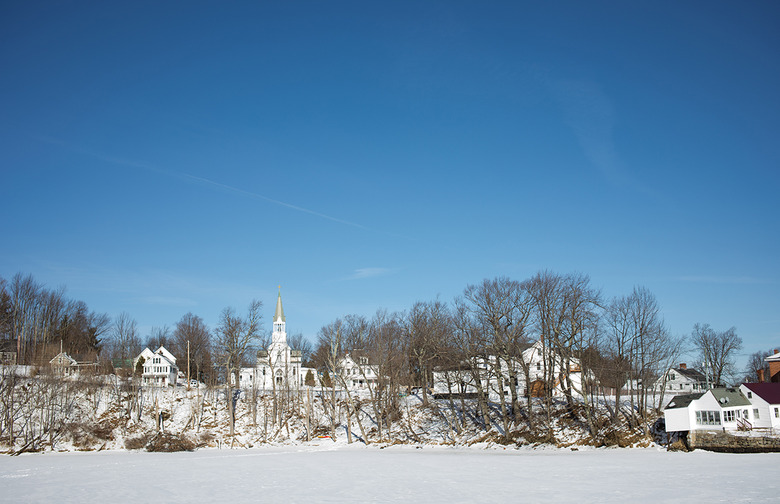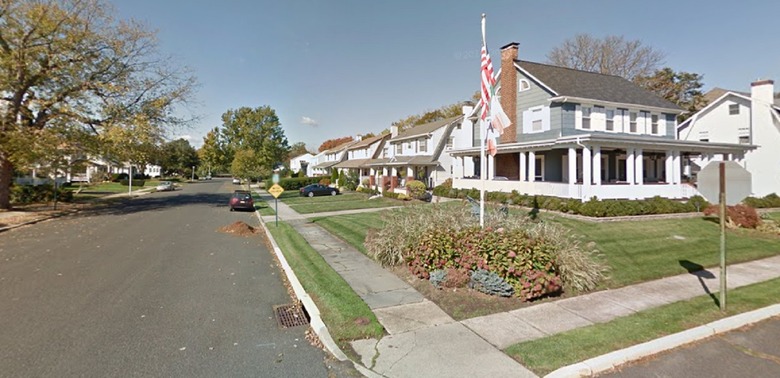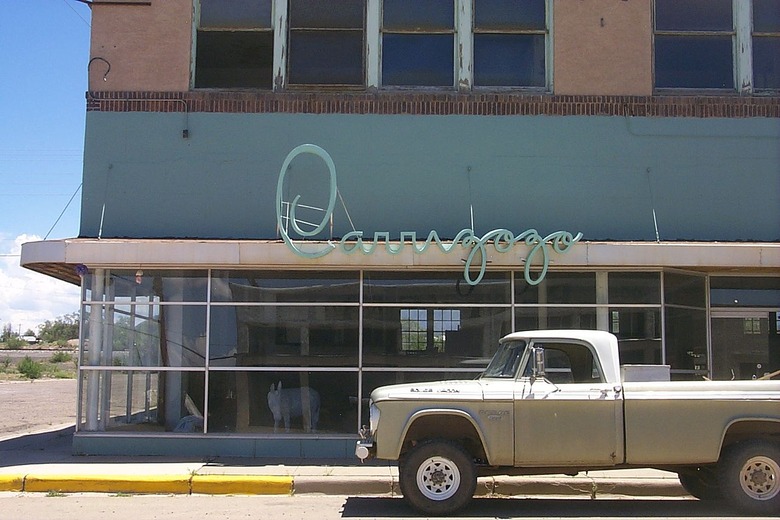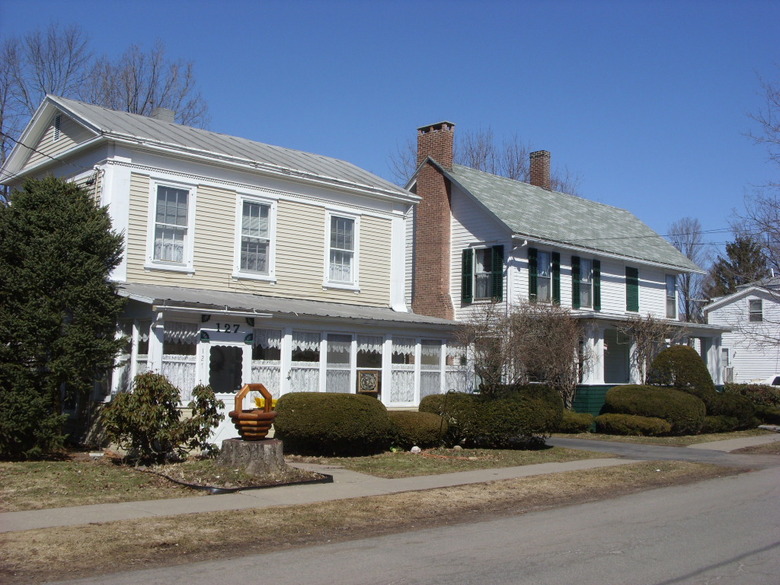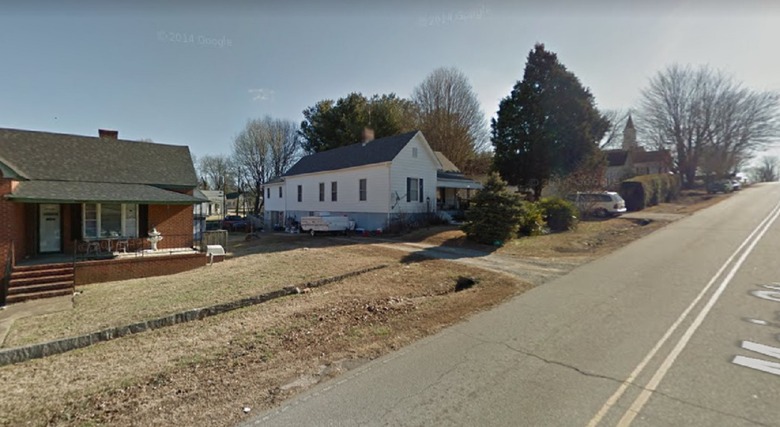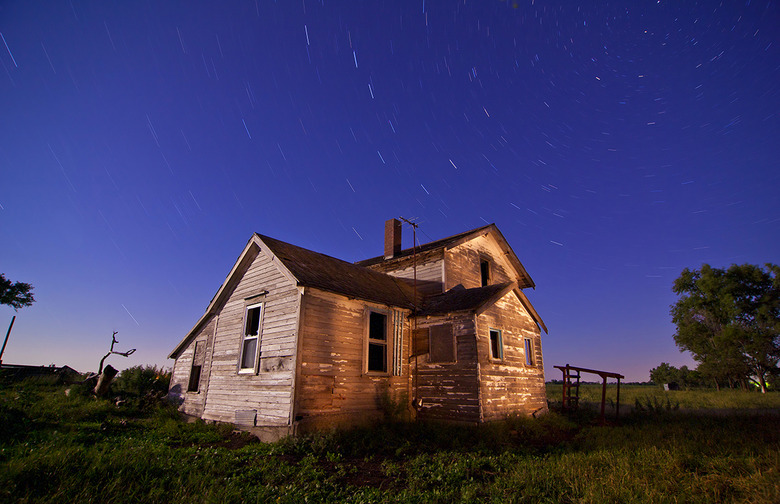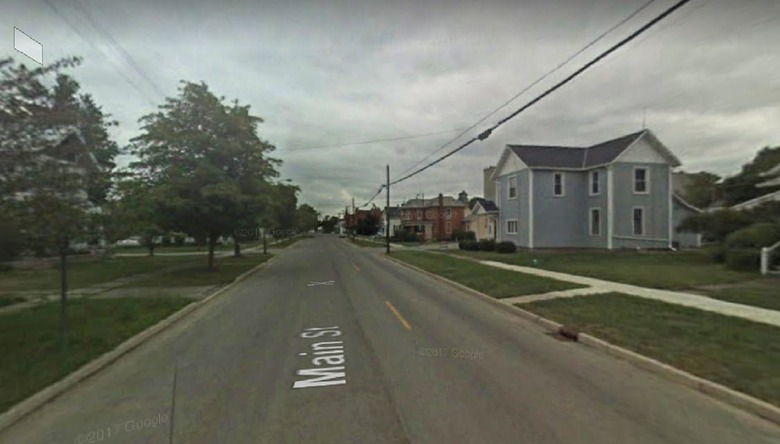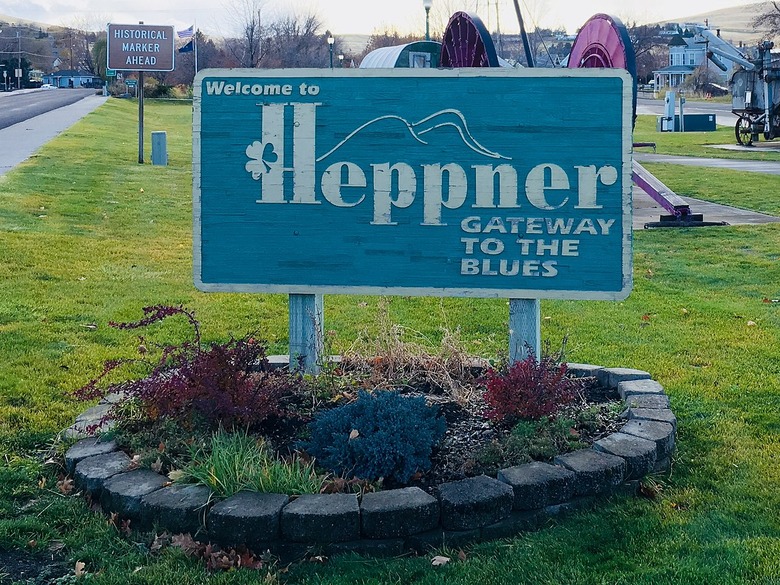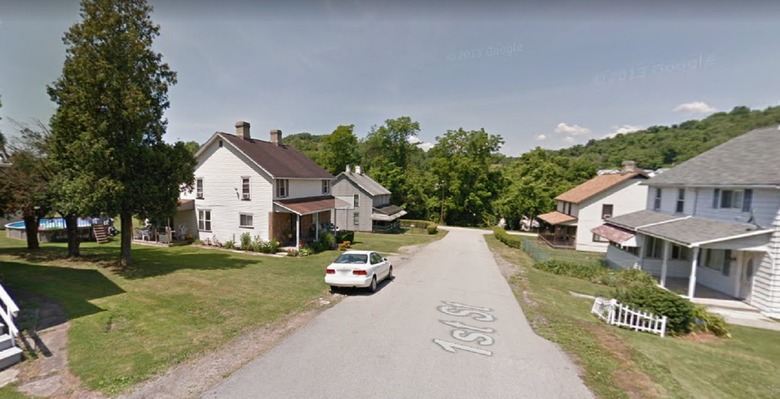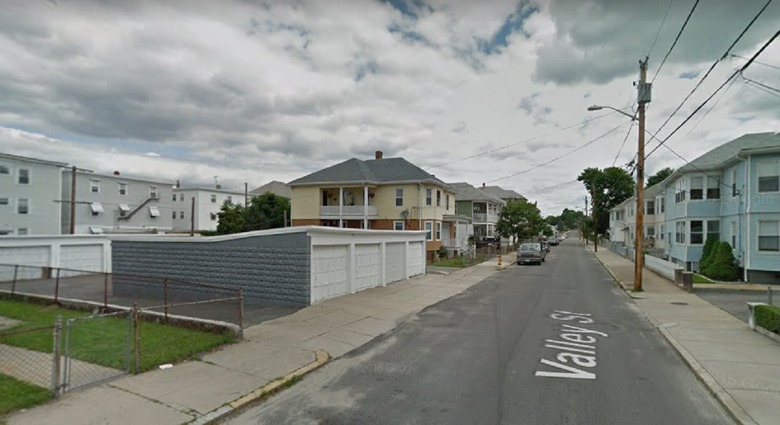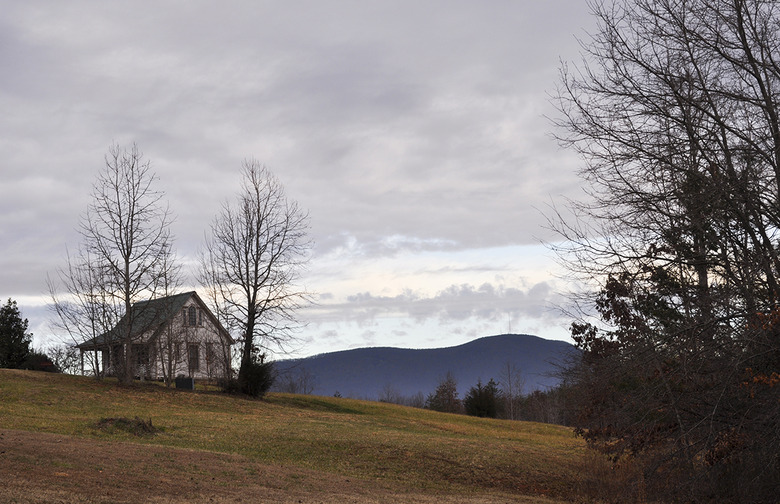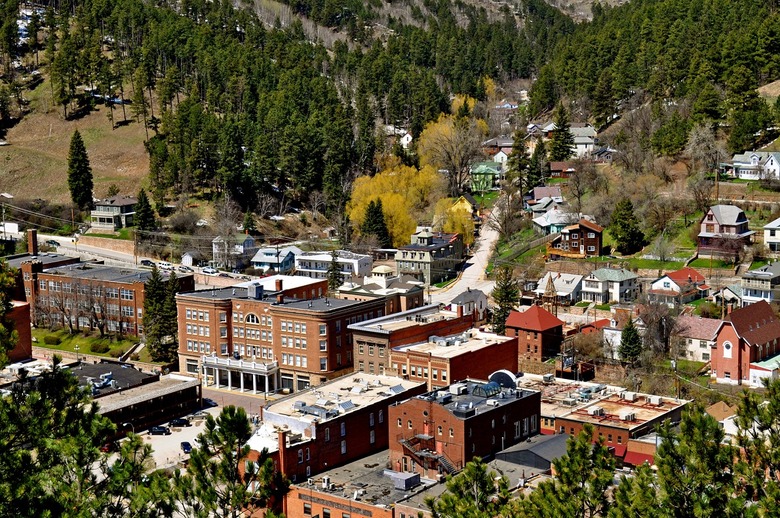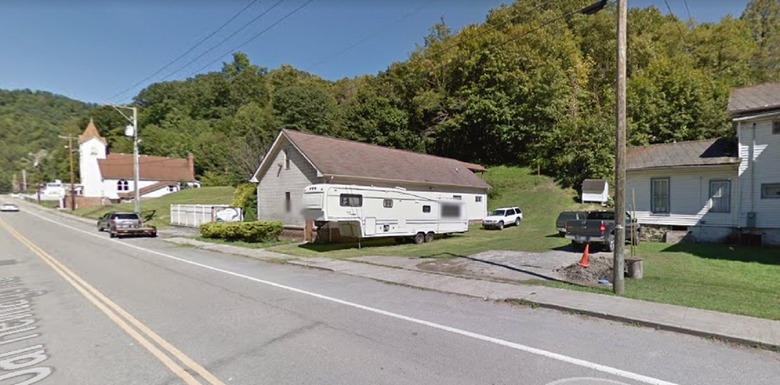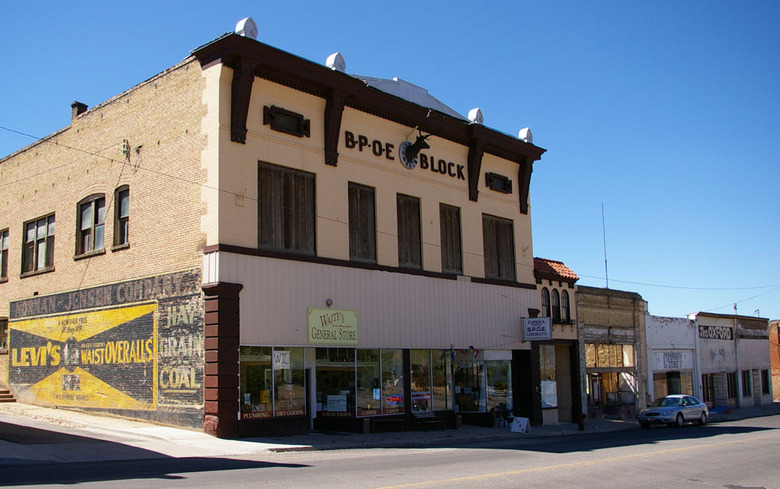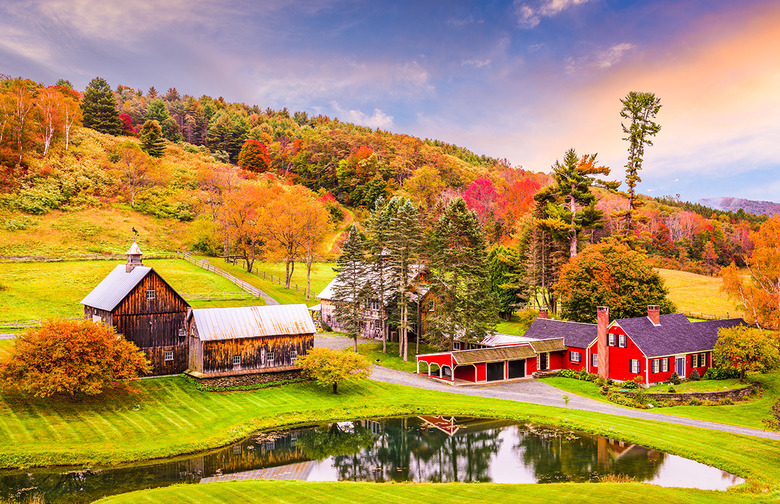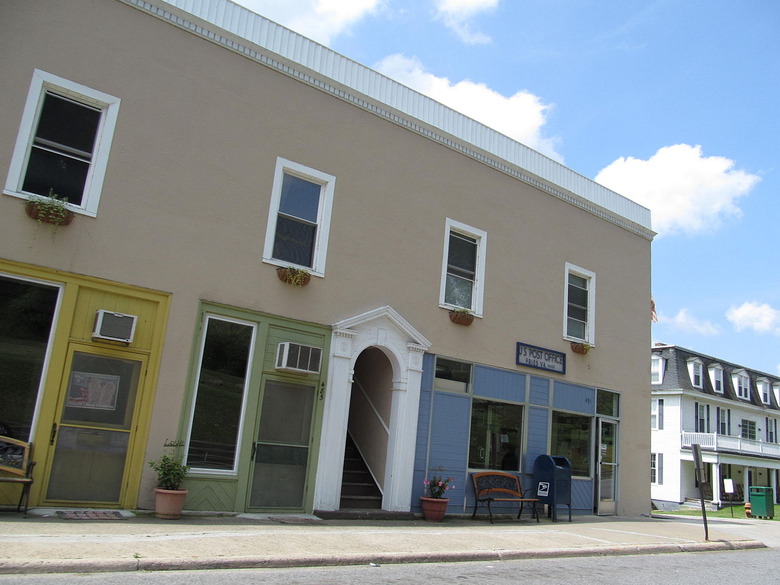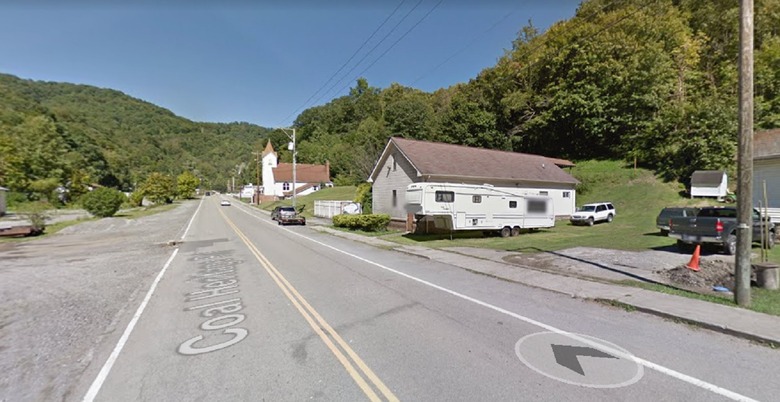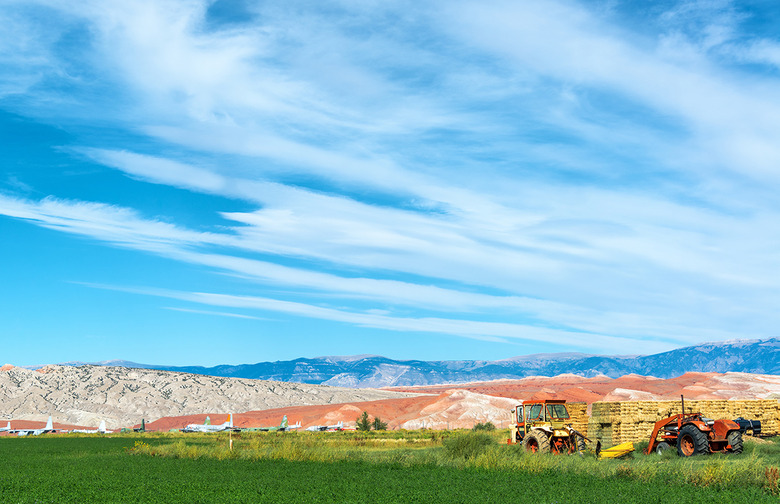Towns With The Most Old Homes In Every State Gallery
The history of a town can often be told by its architecture. As you travel the country, not only will you find amazing food and beautiful towns across the nation, but you'll also find interesting histories in establishments such as the oldest restaurants, schools, parks, and even bars. One oft-overlooked piece of history, however, is the very homes we live in.
When a building is referred to as "pre-war," that means it was built in the time period between the turn of the 20th century and the beginning of World War II. To take a look at which towns have the most history in terms of their dwellings, we decided to consult the numbers of the U.S. Census Bureau. Using American Community Survey five-year estimates from 2012 to 2016, we looked for places that had the highest percentage of homes that are pre-war or built even earlier — homes in which the structure of the unit was built in or before 1939. (These numbers don't reflect when the home was converted, remodeled, or renovated.) We chose the place at the top of the list for each state, though we eliminated any town that had a margin of error that was more than 10 percent.
The designation of "place" according to the U.S. Census Bureau is applied to both incorporated places — towns, cities, villages, and boroughs that legally exist according to the laws of their respective states — and census-designated places, or places that are delineated for the purposes of collecting data on "settled concentrations of population" that may have a name but aren't technically incorporated under state law. For the purposes of this article, we often use the word "town" in the colloquial sense of a named area with residents but will indicate if a place is technically a city, village, or borough as well. Many on this list are exceedingly small towns, and interestingly enough, quite a few started out as mining towns or railroad depots that boomed early in their history before entering a long-term population decline. Whether they're still going strong or just a remnant of their former glory, there's still quite a bit of history in all of these towns with the most old homes in their state.
Alabama: Mulga
The small town of Mulga, Alabama, has a population of just over 800 people and covers just over half a square mile. What it lacks in size, however, it makes up for with quite a bit of history, with 44 percent of homes being built in 1939 or earlier.
Alaska: Skagway
Located on the Alaska panhandle, Skagway is a popular cruise ship port and tourism is a big business here. The local population, however, is only just over 1,000 people. As Alaska is a more recently developed area compared to other states, just about 16 percent of the occupied homes in Skagway were built in 1939 or earlier. Olivia's Bistro at the Historic Skagway Inn, built in 1897 and the oldest restaurant in the state, also happens to be located in Skagway.
Arizona: Bisbee
Part of the reason Bisbee is the prettiest town in Arizona is the fact that its history is visually present. What began as a bustling mining town in Arizona's Mule Mountains is now a quaint town filled with artists and old architectural styles. Old saloons and brothels from the mining period have found new purposes, such as Bisbee's Brewery Gulch, and about 53 percent of homes are 78 years or older.
Arkansas: Eureka Springs
Eureka Springs is known to be one of the most beautiful towns in America due, in part, to its historic district filled with preserved Victorian buildings. Located in the Ozarks, the Arkansas town's older homes make up 34 percent of all occupied homes, and the scenic beauty of its rivers and lakes make this an even more enchanting spot that draws in droves of artists looking for inspiration.
California: Piedmont
Located in Alameda County in central California, the city of Piedmont was incorporated in 1907. A development boom occurred in the 1920s and 1930s, which is why approximately 69 percent of the homes were built during that time or before.
Colorado: Victor
Founded in 1891 after gold was discovered nearby, the city of Victor was named after the Victor Mine. The subsequent gold rush meant the Colorado town was positively booming in the early 20th century, which explains why nearly 86 percent of the homes here are from 1939 or earlier. While mining has declined quite a bit here, many museums and other historical sites still remain which tell the story of the town's previous prosperity.
Connecticut: Stonington
The borough of Stonington, located within the town of Stonington in Connecticut, has a population of just over 900 and takes up less than half a square mile. The architecture here is a mix of Colonial, Federal, and Greek Revival, and the town's buildings and houses are well-preserved because of its relative isolation as well as lack of modern industry. As a result, about 80 percent of its homes are old, and it's also home to the Stonington Harbor Light, the first lighthouse established by the federal government in 1823.
Delaware: Bellefonte
About 50 percent of the homes located in the 0.2 square miles that make up Bellafonte, Delaware, are old homes. The tiny town has a population of just over 1,000 and is located just outside the hip capital city of Wilmington.
Florida: St. Augustine
A cobblestoned town with over 400 years of history, St. Augustine is easily the prettiest town in Florida, and one of the state's top destinations that aren't Disney. Over 30 percent of the homes were built in 1939 or earlier, and visitors should also check out the oldest masonry fort in the U.S., pop in and out of the many stores down St. George Street, or stop into one of the restaurants to grab a bite.
Georgia: Porterdale
With a total area of just one square mile, Porterdale, Georgia, is one of many small towns founded in the early 20th century around textile mills. As a result, it has a significant number of old homes — nearly 55 percent — today, and the textile mill that brought it prosperity still operates.
Hawaii: Papaikou
Located on the eastern side of the Big Island, Papaikou has about one and a half square miles of land, and just over 25 percent of its homes were built in 1939 or earlier. It's located along the shore, meaning its 1,300 residents can enjoy stunning Hawaiian ocean views from their historic homes.
Idaho: Wallace
Wallace is a historic mining settlement with a small population of only 784, and it's possibly the prettiest town in all of Idaho. About 68 percent of its homes are old, and although there is still silver mining done in the area — the town's nickname is "Silver Capital of the World" — the mountains surrounding Wallace create a striking backdrop to the historic buildings of downtown.
Illinois: Maquon
The village of Maquon has just under 300 people and 0.16 square miles of land. About 77 percent of Maquon's homes were built in or before 1939, making this Illinois town as big on history as it is small on space.
Indiana: Uniondale
Another tiny town, Uniondale also has a population of around 300 with around 0.2 square miles of land a few miles south of Fort Wayne. Old homes make up about 72 percent of all occupied dwellings in this Indiana town.
Iowa: Lanesboro
Lanesboro is a tiny town in central Iowa with a population of just over 100 and a total area of about 0.75 square miles. Established in 1901, about 87 percent of the homes in Lanesboro were built in 1939 or earlier.
Kansas: Vermillion
Founded in 1869 by a railroad company, Vermillion has just over 100 residents. Covering just a quarter square mile, this Kansas city is located in the northeastern part of the state.
Kentucky: Lynch
Approximately 750 people live in Lynch, Kentucky, a city that was founded by the U.S. Coal and Coke Company, a subsidiary of U.S. Steel, in 1917 to house the workers of the nearby coal mines. The early 20th century saw quite a bit of prosperity here, and the city actually had over 10,000 residents by the 1940s before the population declined in the 1960s and 1970s. As a result, about 65 percent of Lynch's homes are older.
Louisiana: Madisonville
The town of Madisonville is located on the banks of the Tchefuncte River in Louisiana, close to where the river joins Lake Pontchartrain. Around 800 people live here in just 2.5 square miles of land, and about 33 percent of Madisonville's homes were built in or before 1939.
Maine: Eastport
The easternmost city in the United States, Eastport is made up of multiple islands and was once a thriving trading port with a strong fishing industry. That industry and the population declined, however, and in 1937 the Maine city officially became bankrupt. That former glory is very much present at this destination — which tourists still visit, particularly for its elaborate July 4th celebrations — and about 56 percent of the homes currently standing are from 1939 or before.
Maryland: Luke
About 93 percent of the homes in Luke are old homes, but that's not too surprising when you consider the town only has a population of approximately 65 people. A paper mill and other industrial and small business were responsible for a good amount of prosperity in the late 18th and early 19th centuries, and an automobile manufacturing plant and post card factory once operated here as well. Decline hit this Maryland town over the subsequent decades, however, although the paper mill is still in operation with about 700 employees.
Massachusetts: Brookfield
First settled in 1660, Brookfield, Massachusetts was officially incorporated in 1718. Most of the town's buildings aren't quite that old, but about 87 percent of Brookfield homes were built in or before 1939.
Michigan: Copper City
Copper City is a village of around 200 people in the western part of Michigan's Upper Peninsula with a total area of only about 50 acres. It lies on the Kennewaw Peninsula, which juts out into Lake Superior, and the town lies just a few miles from the largest of the Great Lakes. About 81 percent of the homes in Copper City are old.
Minnesota: Bricelyn
Bricelyn, Minnesota began to develop in the late 19th century around a railroad that cut through the area. Just around 365 people live here today on roughly 190 acres near the Iowa border, and of all of their homes, about 68 percent are older ones.
Mississippi: Wesson
Just under 2,000 people reside in Wesson, a town that was founded in 1864 during the Civil War and later became known for the high quality cotton fabric produced in its mill, known as the Mississippi Mills. The town covers a total area of about 4.4 square miles, and old homes here make up only about 20 percent of all homes.
Missouri: Pasadena Park
With a total area of just one-tenth of a square mile, the village of Pasadena Park has about 470 residents, though it's part of the much large St. Louis metropolitan area. About 70 percent of the homes in the Missouri village were built in 1939 or earlier.
Montana: Walkerville
A suburb of the Montana city of Butte, Walkerville is a town of a little over 2 square miles and with about 675 residents. About 67 percent of the homes in Walkerville are older, and the town is also home to some of the earliest mining sites in the region, dating back to the late 1800s.
Nebraska: Mason City
With just under 200 people, Mason City is about half a square mile near the very center of Nebraska. Nearly 85 percent of this village is made up of homes that were built in or before 1939.
Nevada: Wells
Only about 20 percent of the homes in Wells are older homes. Located in the northeastern part of Nevada, the small city has a population of approximately 1,200.
New Hampshire: Greenville
Greenville is one of the newest and smallest towns in New Hampshire, having been incorporated in 1872. About 65 percent of the homes occupied by its approximately 2,000 residents were built in or before 1939.
New Jersey: Allenhurst
Located on the Jersey shore, Allenhurst is a wealthy town — or borough, technically — with a population of just under 500 and a total area of just under 190 acres. Part of an area of New Jersey known for its late-19th- and early- 20th-century homes, about three-fourths of the homes in Allenhurst are older, and local ordinances have ensured the preservation of the historical architecture present here, which includes styles such as Victorian, Tudor Revival, Prairie, Queen Anne, Gothic Revival, Neoclassical, Colonial Revival, and more.
New Mexico: Carrizozo
Carrizozo was founded in 1899 and saw a population boom in the 1900s thanks to its relevance as the access point to the main railroad for New Mexico's Lincoln County. The population declined along with the use of the railroad over the years, however, eventually dropping below 1,000 residents. Most of the houses from the boom era have gone away as well, as currently only about 31 percent of Carrizozo's homes were built in or before 1939.
New York: Franklin
The village of Franklin in New York only has about 350 people after a population decline in the late 20th century, which is probably also the reason that 89 percent of the homes in Franklin are from 1939 or earlier. The Franklin Village Historic District is actually on the National Register of Historic Places, the majority of its 242 buildings being residential.
North Carolina: Cooleemee
Located in western North Carolina, Cooleemee is a town of just under 1,000 residents, and about 42 percent of its homes are older. Its Cooleemee Mill Town Historic District, which is on the National Register of Historic Places, has plenty of houses that were built between 1898 and 1967 with examples Colonial Revival, American Craftsmen, and Gothic Revival architecture.
North Dakota: Fairmount
About 360 people live in Fairmount, a North Dakota city in which about 55 percent of the homes were built in 1939 or earlier. Founded in 1884, Fairmount lies only a few miles from the borders of both Minnesota and South Dakota and covers less than 200 acres of land.
Ohio: Jenera
The village of Jenera was founded in 1883 after a railroad was extended through the area, and it originally developed as a largely German settlement. About 90 percent of the homes in Jenera were built in 1939 or earlier, and the Jenera post office has been in operation since 1883 as well. The Ohio village is actually named after the first postmaster, Dr. Amos B. Jenner.
Oklahoma: Waynoka
About 42 percent of the homes in Waynoka are older. The Oklahoma city, which has a population of under 1,000, covers just one square mile and was an important stop on the Transcontinental Air Transport route which, starting in 1929, provided 48-hour passenger transport from one coast to another, with passengers transferring from a plane to a Santa Fe Railroad train (or vice versa) in Waynoka.
Oregon: Heppner
Approximately 1,300 people live in the city of Heppner in Oregon on what used to be a Native American settlement before being used as a sheep and cattle range by European-American ranchers starting in 1858. Heppner was founded in 1872, but only about 45 percent of its homes are from 1939 or earlier, and very few structures remain from the 19th century, since the town was nearly destroyed in a flash flood in 1903.
Pennsylvania: Star Junction
Star Junction used to be a coal mining center, having been founded in 1893 when a mine was opened by Washington Coal and Coke Company in Pennsylvania. Only about 600 people live there today, and an impressive 94 percent of Star Junction's homes were built before 1939.
Rhode Island: Central Falls
Central Falls is a larger city than most of the places on this list, with a population of about 20,000 people. That makes it even more impressive that 63 percent of the homes here were built in 1939 or earlier. A diverse city in Rhode Island — its 100th anniversary parade in 1995 had over 100 countries represented — that exploded in population in the 20th century, Central Falls has sadly fallen on hard times in the past decade, and the city had to file for bankruptcy in 2011.
South Carolina: Whitemire
The town of Whitemire has about 41 percent older homes, and is known as "The Pearl of the Piedmont." It lies roughly midway between the state capital of Columbia and the upstate hub of Spartanburg, South Carolina. About 1,400 people reside in Whitemire.
South Dakota: Deadwood
The hometown (and now resting place) of both Old West folk hero Wild Bill Hickock and famous frontierswoman Calamity Jane, Deadwood is an American city full of history — so much so that the entire city is a National Historic Landmark District, thanks to the still-standing Gold Rush-era architecture there. Of the occupied homes in Deadwood, about 58 percent were built in or before 1939. The South Dakota city is also home to the Buffalo Bodega Gaming Complex, the oldest bar in the state.
Tennessee: Ridgeside
Surrounded entirely by Chattanooga, the city of Ridgeside is an enclave with a population of around 400 residents. Also known as Shepherd Hills locally in Tennessee, about 48 percent of Ridgeside's homes are older.
Texas: Randolph Air Force Base
Air force bases are essentially entire towns of their own, which is why Randolph Air Force Base is a census-designated place that has been calculated to have a population of around 1,200. On the Texas base, which was established in 1928, 74 percent of the homes were built in 1939 or earlier.
Utah: Eureka
Under 700 people live in the city of Eureka on 960 acres of land. Originally named Ruby Hollow, it developed into a prosperous mining town in the 19th century, being incorporated as Eureka in 1892 and becoming one of the top areas for mineral production in Utah by 1899. The entire Tintic Mining District Multiple Resource Area, which includes Eureka, was listed on the National Register of Historic Places in 1979, which is perhaps why 48 percent of its homes are from 1939 or earlier.
Vermont: Windsor
Windsor, Vermont, is a very important town historically. Not only are 82 percent of its homes from 1939 or earlier, but it is also known as the "birthplace of Vermont," as it is here that the Vermont Republic was founded with the 1777 adoption of the Constitution of Vermont (Vermont was not a part of the U.S. until 1791).
Virginia: Fries
With an utterly delicious name, Fries, Virginia, is actually named after Colonel Francis Henry Fries, a North Carolina cotton mill owner who purchased the land in the early 20th century and had a cotton mill, dam, and full-service company-owned town built on it. The mill closed in 1989, and today the town has under 500 residents. About 51 percent of the homes are older.
Washington: Hoquiam
Over 8,000 people live in Hoquiam, a city located on the coast of Washington state and established in 1890. About 52 percent of the homes in Hoquiam were built in or before 1939.
West Virginia: Maybeury
Just over 200 people live in Maybeury, located in southern West Virginia. A whopping 96 percent of Maybeury's homes are older.
Wisconsin: North Freedom
Located along the Baraboo River, North Freedom has a population of around 700 people. About 62 percent of the homes in this Wisconsin village are old homes.
Wyoming: Greybull
Approximately 1,800 people live in Greybull, Wyoming which is made up of about 1.8 square miles of land. Just 32 percent of the homes are older in this town, which is located between Yellowstone and the Black Hills, two of the best getaways in America.
More From The Daily Meal:
The Most Under-the-Radar Food Towns in America
These American Small Towns Feel Just Like Europe

